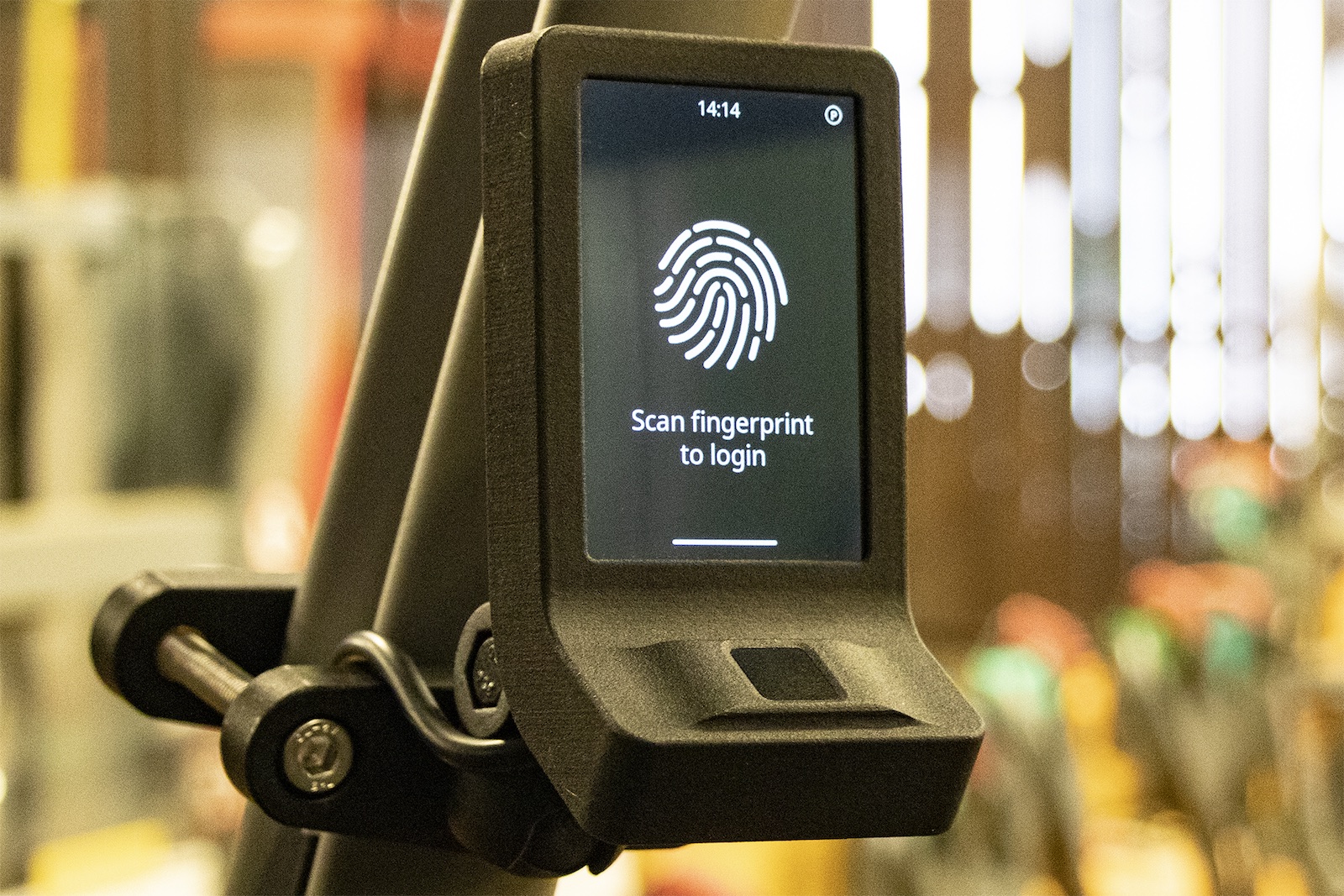In the fast-paced world of logistics, the risk of equipment theft looms as a persistent threat to warehouse operations. From forklift trucks to valuable inventory, the loss of essential assets not only disrupts supply chains but also incurs significant financial losses. To safeguard against such risks, logistics managers must implement proactive measures aimed at preventing theft and securing assets. In this article, we explore effective strategies and best practices for mitigating the risks of equipment theft in warehouse operations.
Understanding the Threat
Equipment theft poses a multifaceted threat to logistics operations, encompassing various types of assets, including vehicles, machinery, and inventory. Opportunistic thieves may target unsecured facilities or exploit vulnerabilities in existing security measures, leading to costly losses and operational disruptions. Understanding the nature of the threat is essential for devising targeted countermeasures to mitigate risks effectively.
Securing the Perimeter
A critical aspect of theft prevention is securing the perimeter of warehouse facilities. Robust fencing, equipped with anti-climb features and intrusion detection sensors, establishes a physical barrier to unauthorized entry. Access control systems, including electronic gates and keycard readers, restrict entry to authorized personnel only, reducing the risk of external threats gaining access to valuable assets. Further details are described in our article “Enhancing Warehouse Security”.
Asset Tracking
Implementing asset tracking and inventory management solutions enhances visibility and control over valuable assets. RFID tagging, barcoding, or GPS tracking technologies enable real-time monitoring of equipment and inventory movements, allowing logistics managers to track assets throughout the supply chain. Integration with centralized systems streamlines inventory management processes and facilitates rapid identification of missing or stolen items, enabling prompt action to recover assets and mitigate losses.
Avoid unauthroized equipment access
Secure your material handling equipment and in-house vehicles against unauthorized access through biometric access devices. Fingerprint Access Control devices or Face Recognition solutions require the actual person to identify at a machine rather than gaining access by copied keys, duplicated access cards or spied PIN codes. With restricting usage of machines and vehicles to a small circle of employees significantly reduces the risk of equipment theft.
Employee Training and Awareness
Empowering employees with the knowledge and tools to recognize and respond to security threats is essential for theft prevention. Comprehensive training programs educate staff on security protocols, emergency procedures, and the importance of vigilance. Encouraging a culture of security awareness fosters a sense of responsibility among employees, empowering them to report suspicious activities and take proactive measures to safeguard assets.
Collaboration and Information Sharing
Collaboration with law enforcement agencies, industry partners, and neighboring businesses enhances the effectiveness of theft prevention efforts. Sharing information about recent theft incidents, emerging trends, and best practices enables logistics managers to stay informed and adapt their security strategies accordingly. Participating in community watch programs or industry associations facilitates collective action and fosters a supportive network for combating theft and sharing intelligence.
Continuous Improvement and Evaluation
Mitigating the risks of equipment theft requires a proactive and dynamic approach to security. Regular evaluations of existing security measures identify areas for improvement and enable logistics managers to implement targeted enhancements. Conducting periodic risk assessments and security audits ensures that security protocols remain effective and aligned with evolving threats and industry standards, enabling logistics operations to stay one step ahead of potential thieves.
Preventing equipment theft in logistics requires a multifaceted approach encompassing physical security measures, surveillance technologies, asset securing and tracking systems, employee training, and collaboration with industry stakeholders. By implementing proactive measures and fostering a culture of security awareness, logistics managers can effectively mitigate the risks of theft and protect valuable assets against external threats. With continuous vigilance and strategic investments in security infrastructure, logistics operations can safeguard their assets and maintain the integrity of their supply chains in an increasingly challenging environment.

